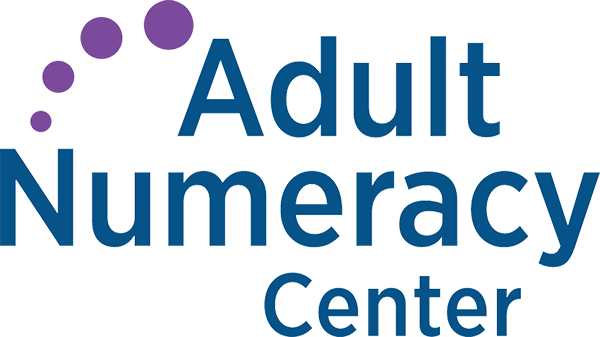The Journey of Teaching Math – Part 2
by Pam Meader
(This is continuation of a prior blog post. Scroll down to read Part 1 first.)
After taking the Teaching Reading in the Content Area course, I started to become interested in making math more interactive. In the 70s, we used to have two days off in October for teacher training when we would devote time to improving our craft. I don’t remember much about those sessions, but do remember purchasing a book called Math Labs that offered various activities to make the math classroom interactive. I remember being excited to try this in my classroom.
I created a measurement lab where I had students moving about the room measuring different things like desks, doors, floors, and windows. There was a flurry of activity: desks and chairs were moved as the students dug into the material. I was excited by the enthusiasm exhibited by my students and everything was going well until the principal came to my door, his arms folded, a stern look on his face. My room was located right above his office and what was the noise of learning to me was, unfortunately, the noise of nuisance to him. We stopped what we were doing and never again did I attempt to try an interactive activity in that classroom.
I left the high school scene four years later to raise a family and then luckily fell into adult education. I say “luckily” because this was when I began to develop and change my teaching methods. The adults I had now were the very students who had struggled, were frustrated, and who had been the discipline problems in high school. It was through the experience of teaching adults that I knew there were better ways to teach mathematics than just procedures. I grabbed onto any strategies out there. I took workshops with Marilyn Burns, became involved with a teacher leadership group at our university that showed me a more conceptual, concrete way to approach mathematics. And fortunately, my director gave me free rein: no more did I have to fear the wrath of the principal!
Along my journey, I learned how to teach conceptually and realized this was the way to understanding for my students. I attended MCAE and a daylong session with the Massachusetts math team and left with more wonderful activities to use with my students. I took a seminar training with Marilyn Burns and was introduced to using good problems with my students through which mathematic concepts were learned and using manipulatives was exemplified.
Since I was trained in secondary mathematics, I soon realized that I also needed more strategies to teach basic math, including fractions. I took two online courses called Discovery Mathematics through KDS. KDS (Knowledge Delivery Systems) is a system that provides strategic professional development for teachers. Here I learned wonderful, hands on, conceptual ways to teach whole numbers and especially fractions. I shared these strategies with my staff and soon we all were changing our teaching techniques.
The math journey never ends. It’s a long and winding road that leads you to new challenges and opportunities along the way. You just have to be willing to take the first step and I promise you, the journey will be worthwhile.
